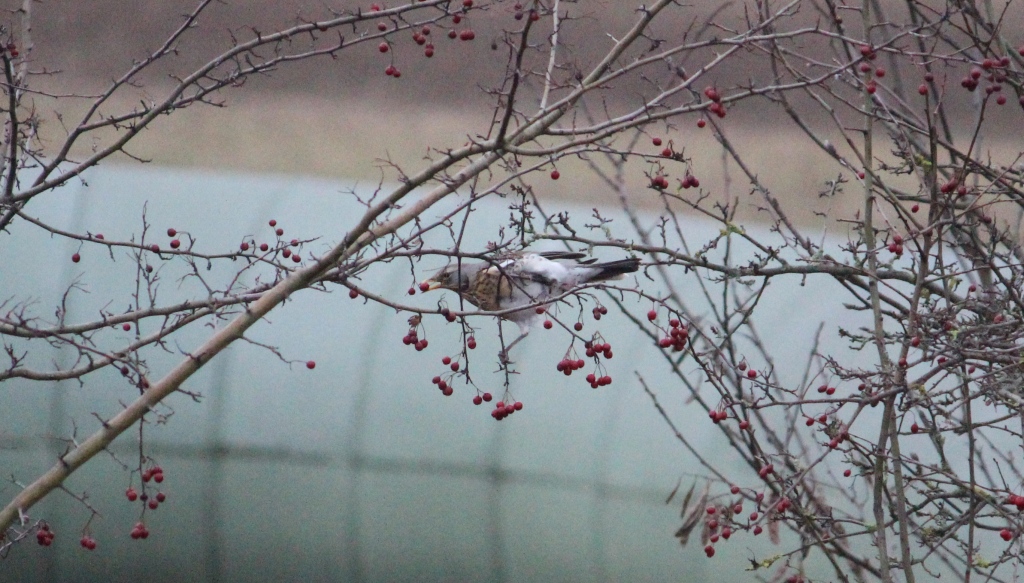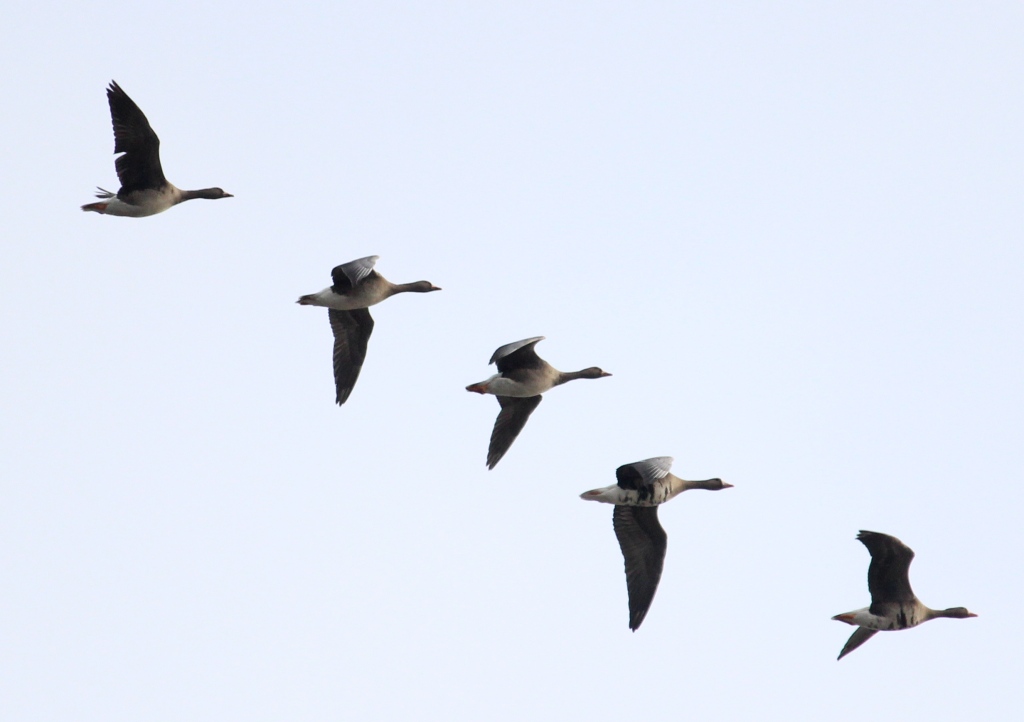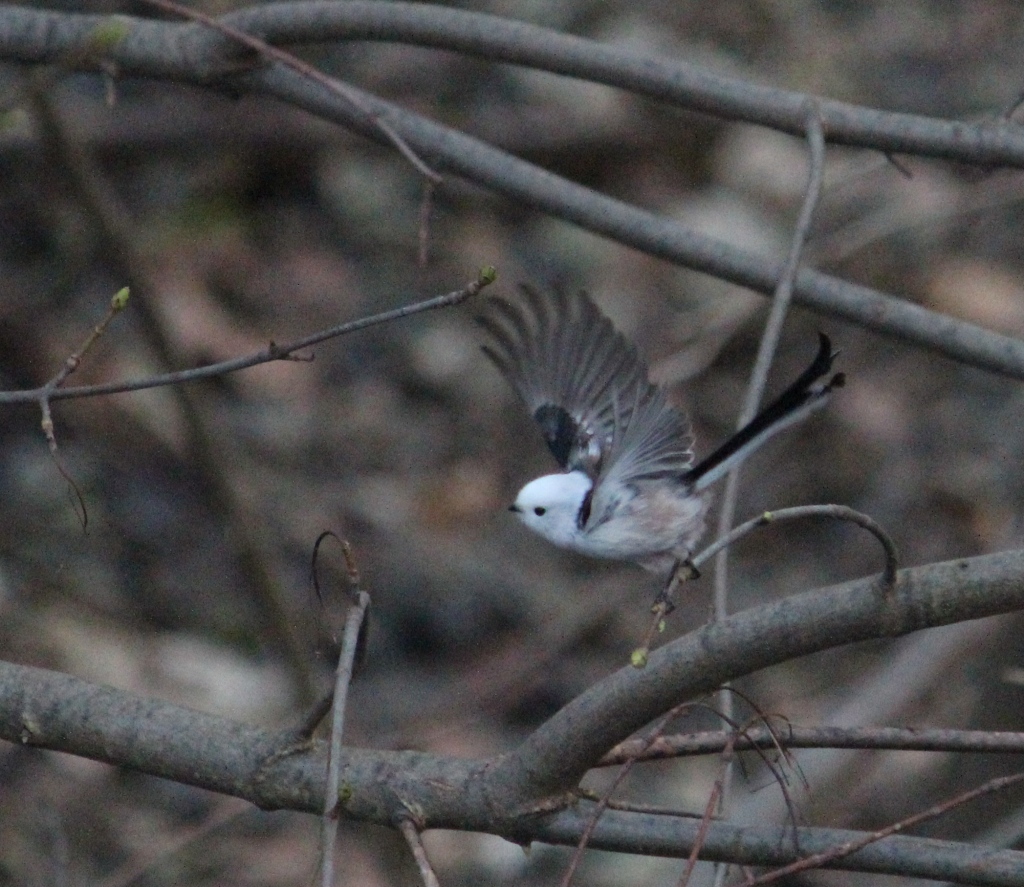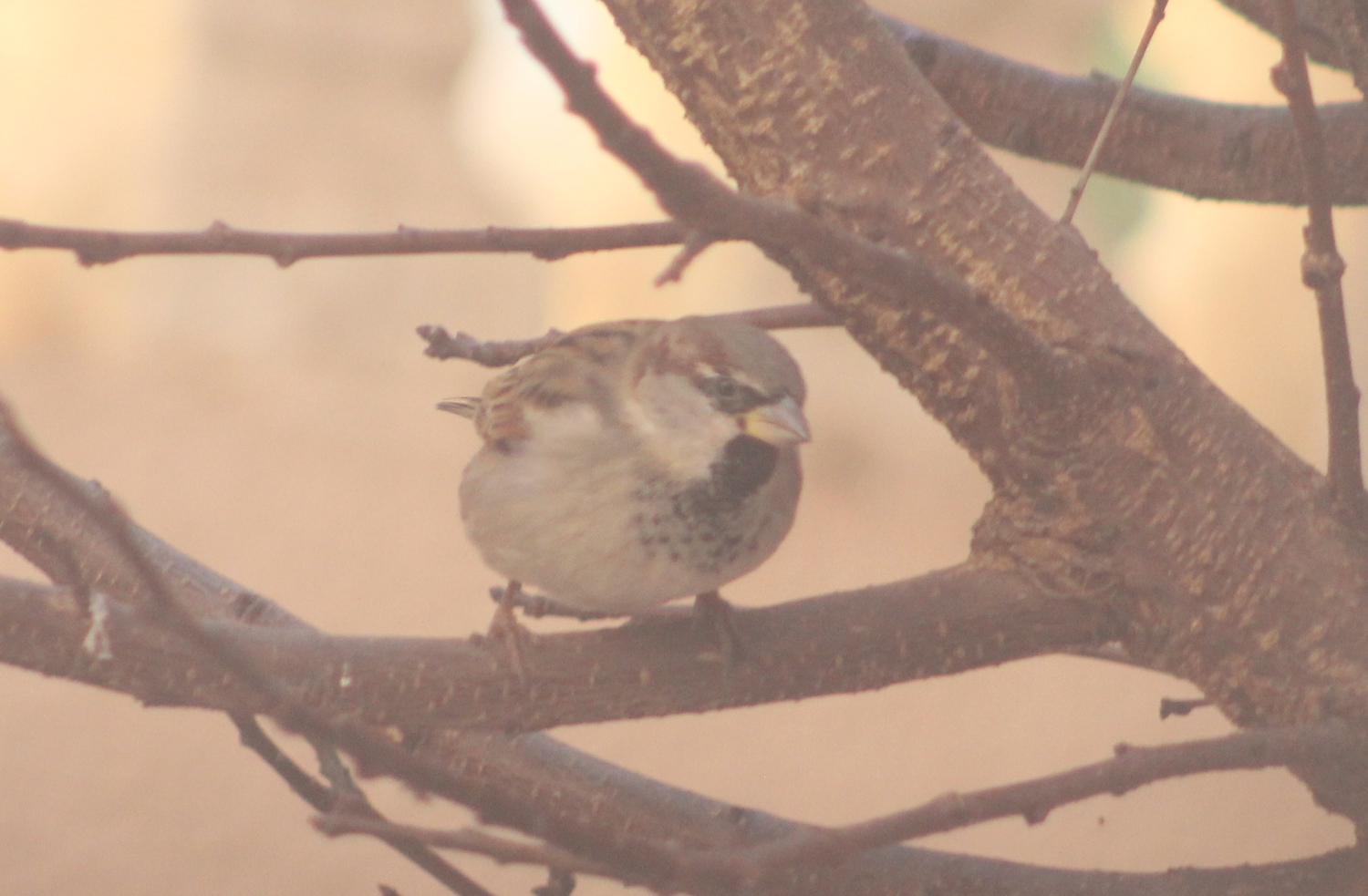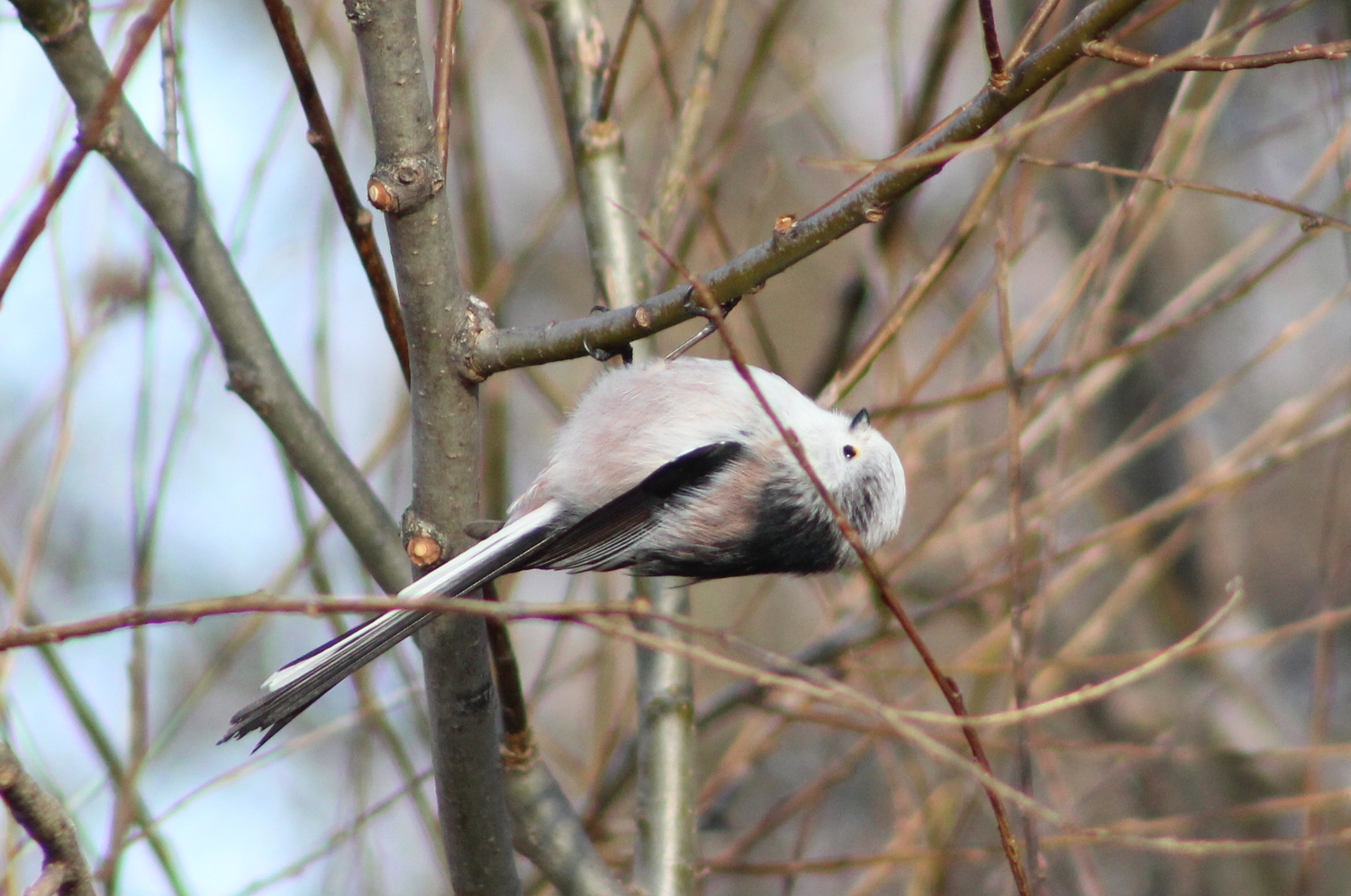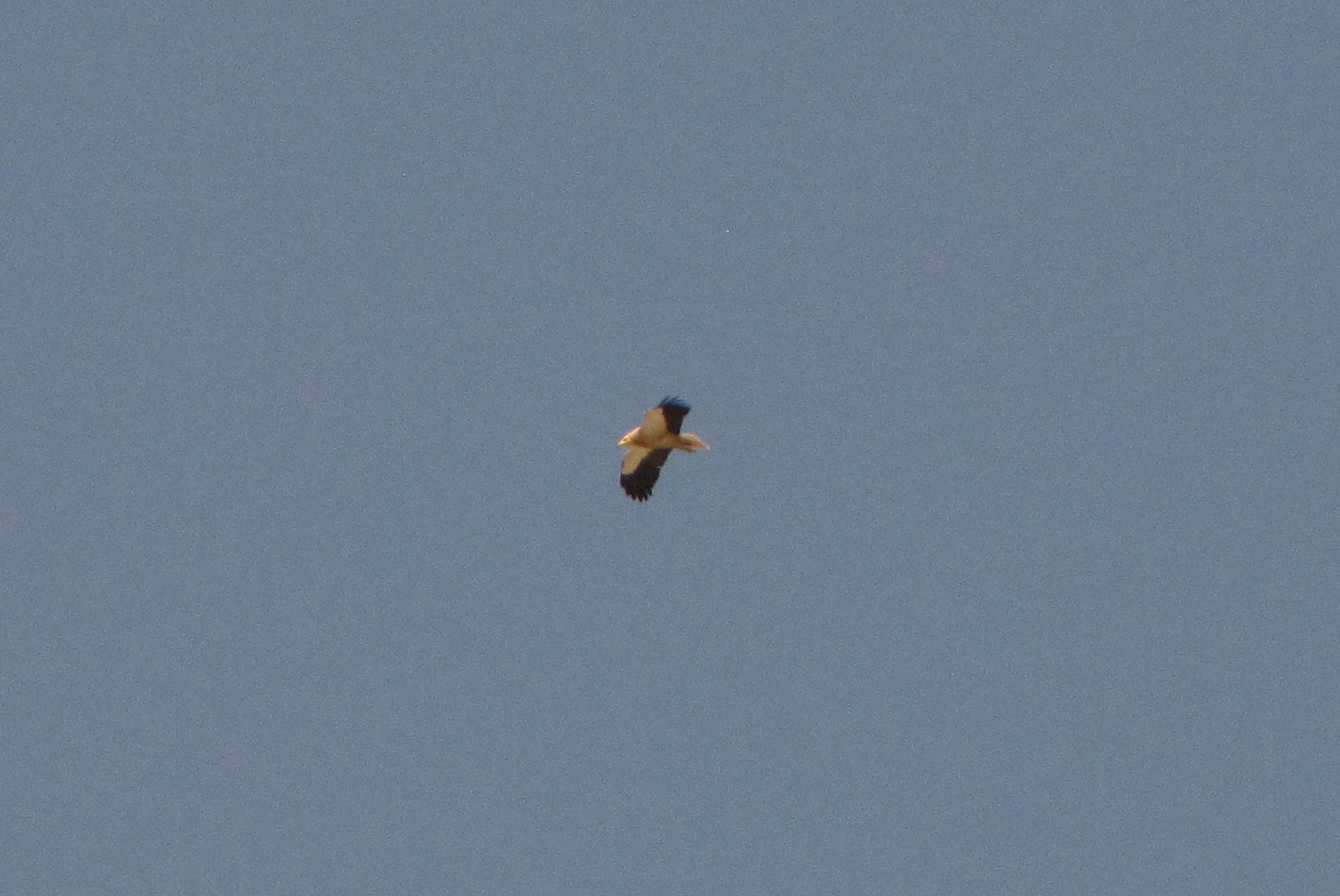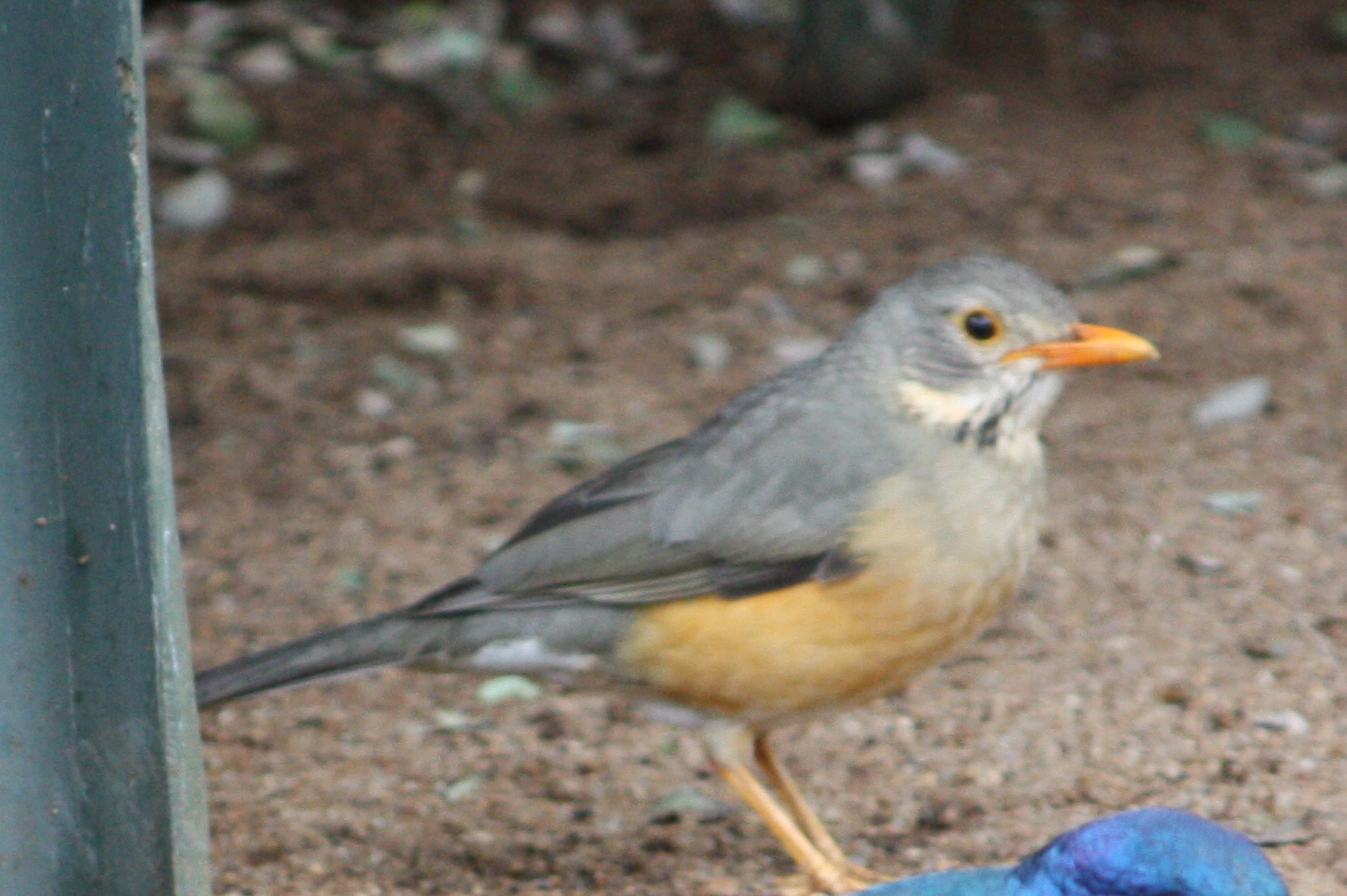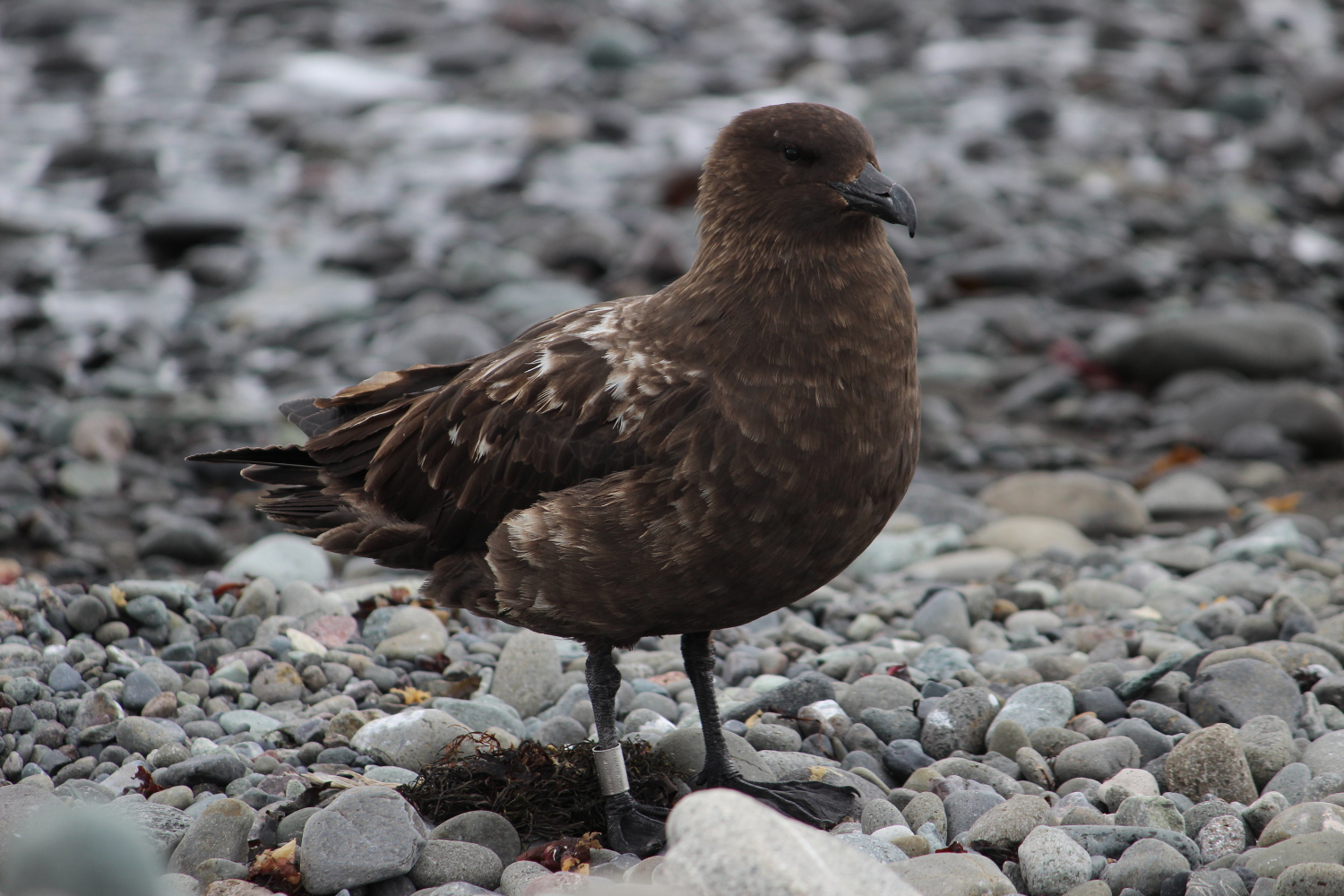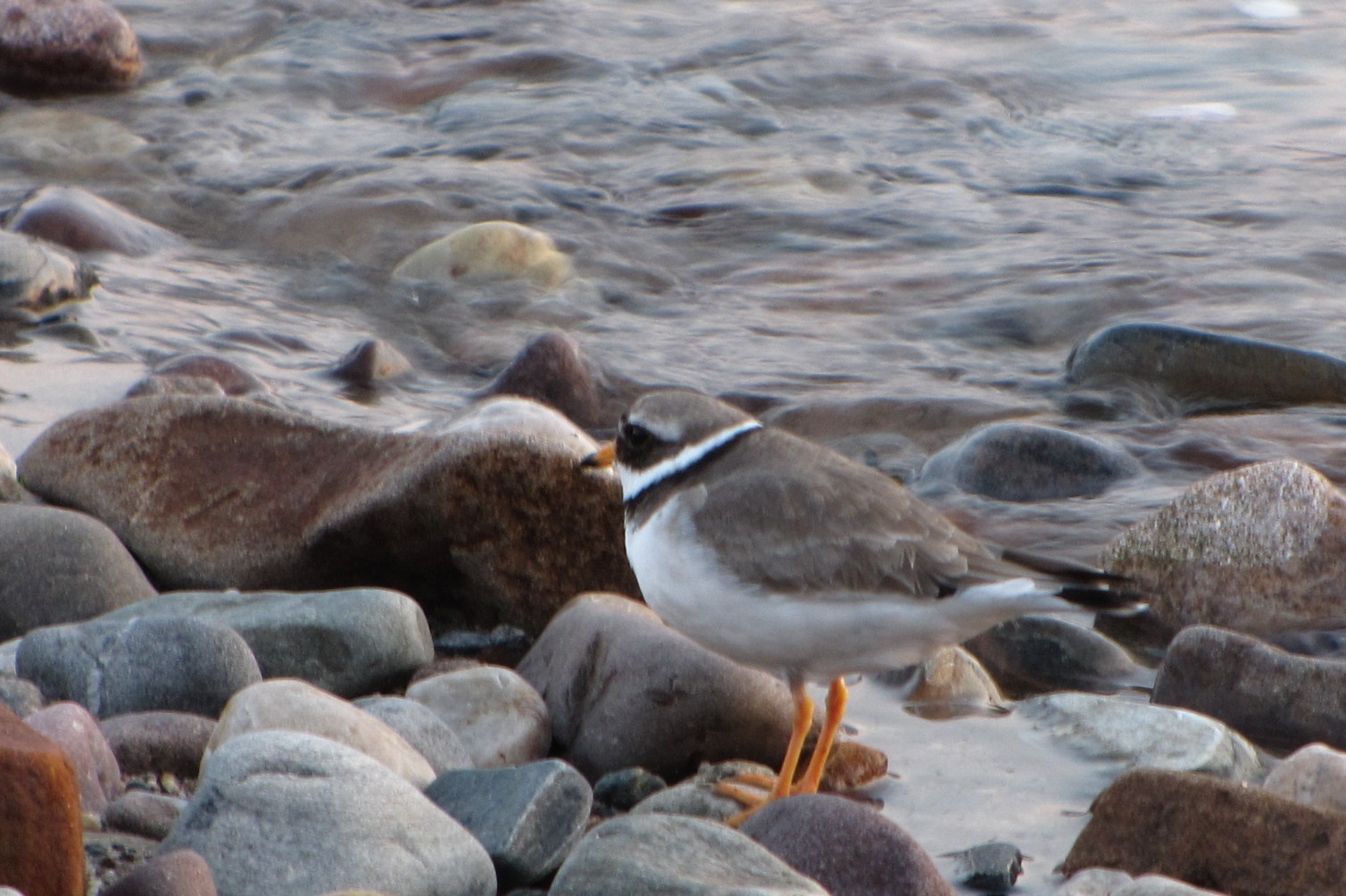Dear Reader,
It’s been a while. I’ve been busy in the background, reading more from around the world. Thanks to presents, particularly from my parents, I managed to read books from several more countries and I also took the time to put the list on the blog in a more readable format.
There are still countries, territories or dependencies for which I could do with some reading suggestions. Please leave a comment if you can recommend a book. I’m particularly interested in women writers. This is the list:
- Central African Republic
- Comoros
- Guinea-Bissau
- Honduras
- Maldives
- Mauritania
- Nauru
- Niger
- Palau
- Panama
- Republic of Moldova
- Saint Vincent and the Grenadines
- Sao Tome and Principe
- South Sudan
- Tajikistan
- Turkmenistan
- Tuvalu
- Vanuatu
- Akrotiri and Dhekelia
- French Guiana
- Mayotte
- Netherlands Antilles
- New Caledonia
- Norfolk Island
- Pitcairn Island
- Reunion
In terms of birding, 2023 was a great year. I saw lots of new species and learned plenty about bird photography in coaching sessions with a great teacher, Chiara (https://www.chiaratalia.com/).
So, I wish you a wonderful new year, happy reading and happy birding!
